This is Part 2 of my walk report. You can read Part 1 here. Enjoy.
Having finished my faintly spiritual exploration of Kanpukuji, it was now time to get back on the river trail. I suspected I would find it on the other side of National Highway 246, so I climbed the pedestrian bridge…
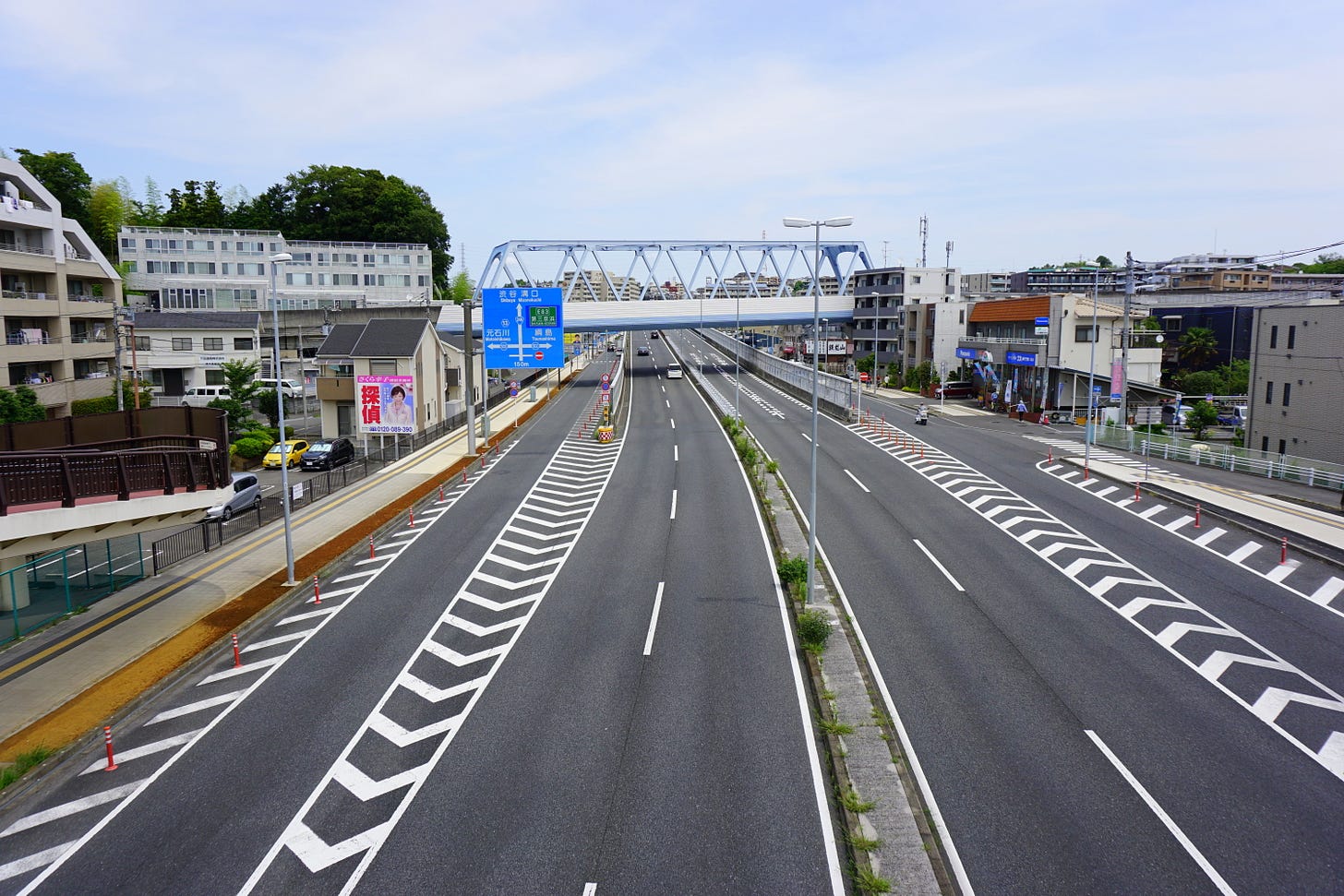
…And lo and behold, there it was, lazily flowing as usual.
I also had a rare chance to get on closer terms with the river.
The Japanese pride themselves on being very close to nature and being able to detect and enjoy all its tiniest variations and seasonal changes. And yet, the authorities do whatever they can to erect barriers between people and nature. Concrete playgrounds, revetments, nuclear waste unceremoniously dumped into the sea, coasts covered in ten-ton Tetrapods. The list is long.
On the other hand, according to the above-pictured faded sign, local ladies must beware of perverts, those hopeless romantics who can't resist the urge to put their sweaty hands on you. Walking at night along the river may not be a good idea.
Even a walk along such a humble stream as the Hayabuchi can lead to a few interesting discoveries.
For example: An interesting feature you’ll find in many rivers in Japan is a scale measuring water level. The white sign says, “Be mildly concerned.” The yellow one, “If you live near the river, start packing,” and the red one, “Drop everything and run for your life!”
A mystery billboard. What do you think it is? I’ll give you three chances:
a) a giant bingo card
b) an election poster display
c) a target
Well, actually all three answers may be right. Okay, it’s an election poster display (on 10 July they are going to vote for the House of Councillors, the upper house of the National Diet), and each space is going to be covered with a goofy election poster.
Here is one such poster. That guy is the leader of the Komeito, the secular arm of the Sokai Gakkai, the largest and arguably most powerful and influential Japanese “new religion.” Scary people, I tell you.
Now you understand why that billboard could also be used as a target. Anybody fancy a darts game?
Two gas cylinders are attached to the other corner of the same house. A couple of similar bombs are chained to the side of my house (I wrote about them here), only bigger. When I was a little kid in Italy, we had a range/oven that worked that way. That was back in the 1970s… So much for Japanese high-tech society.
A great example of Japanese architectural aesthetic. This one is a little over the top, but you would be surprised to see how many buildings, even in central Tokyo, have similar side- or back-walls. I wonder what Kuma Kengo (here’s my interview with him) would have to say about them.
Luckily, a rice field is never too far from the river. Isn’t it beautiful? I could spend the whole day sitting by its side, mesmerized.
The Hayabuchi is not only the home of ducks and turtles. Here’s a typical example of local amphibian (Vacuum Reptilium).
Toward the end of my walk, I saw a karate school on the other side of the river. It reminded me of when my wife pushed my then-six-year-old son to attend one such place in our neighborhood. Luca has never been into either sports or martial arts but he knew better than disobey my wife’s “invitation.” Of course, it fell on me to take Luca to lesson on Saturdays. I was like one of those parents pictured above, peering through the window. The other kids went through the drills like an army of psyched-out warriors. Only Luca looked like a peasant doing a folk dance routine at a local festival. He quit after three weeks.
I hope you enjoyed our walk. Please let me know if you are interested in this kind of stories or you would like to read something different or more text-based. Till then…

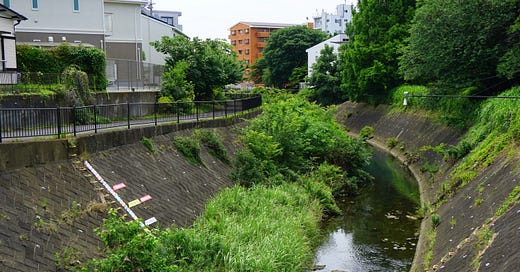



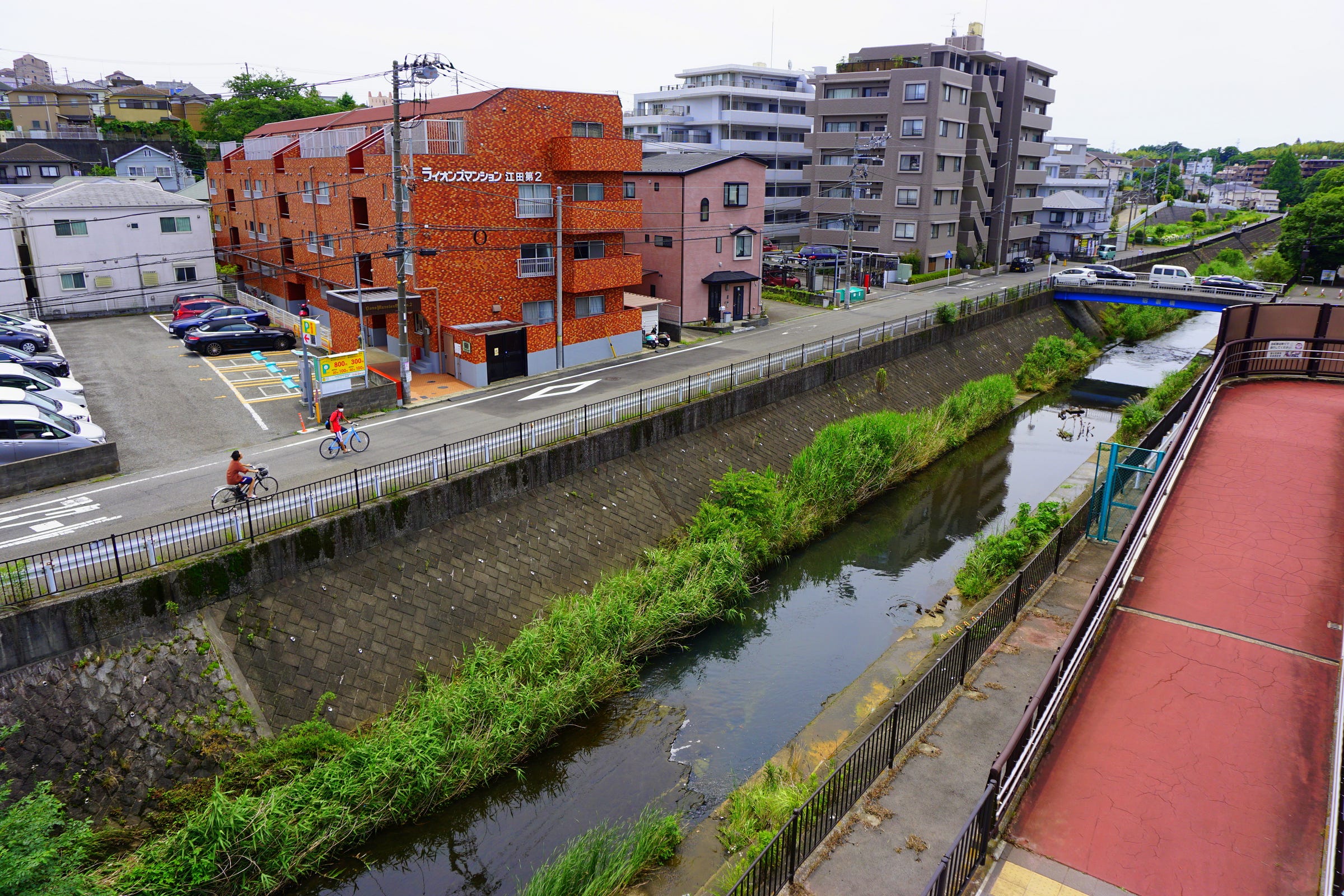

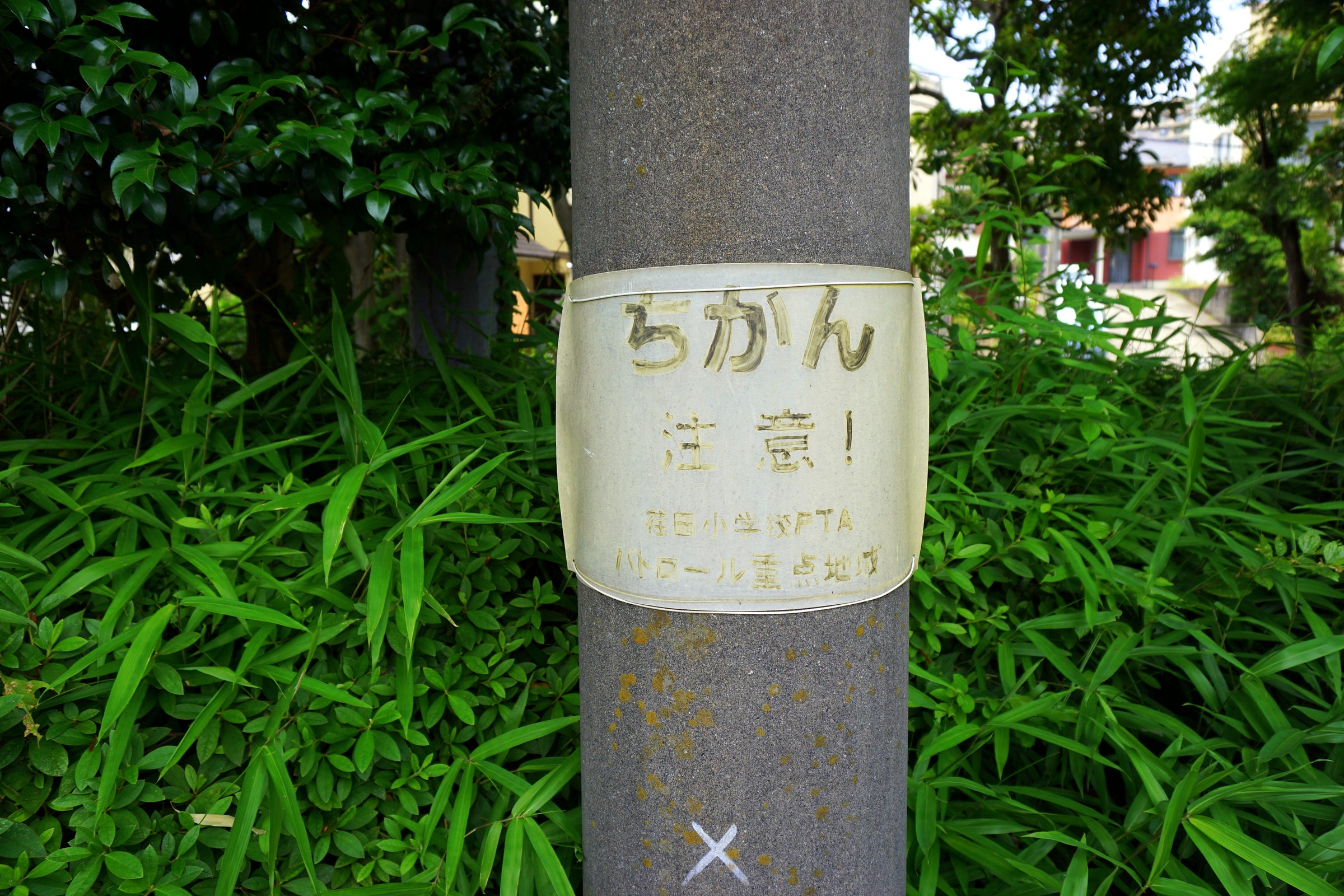
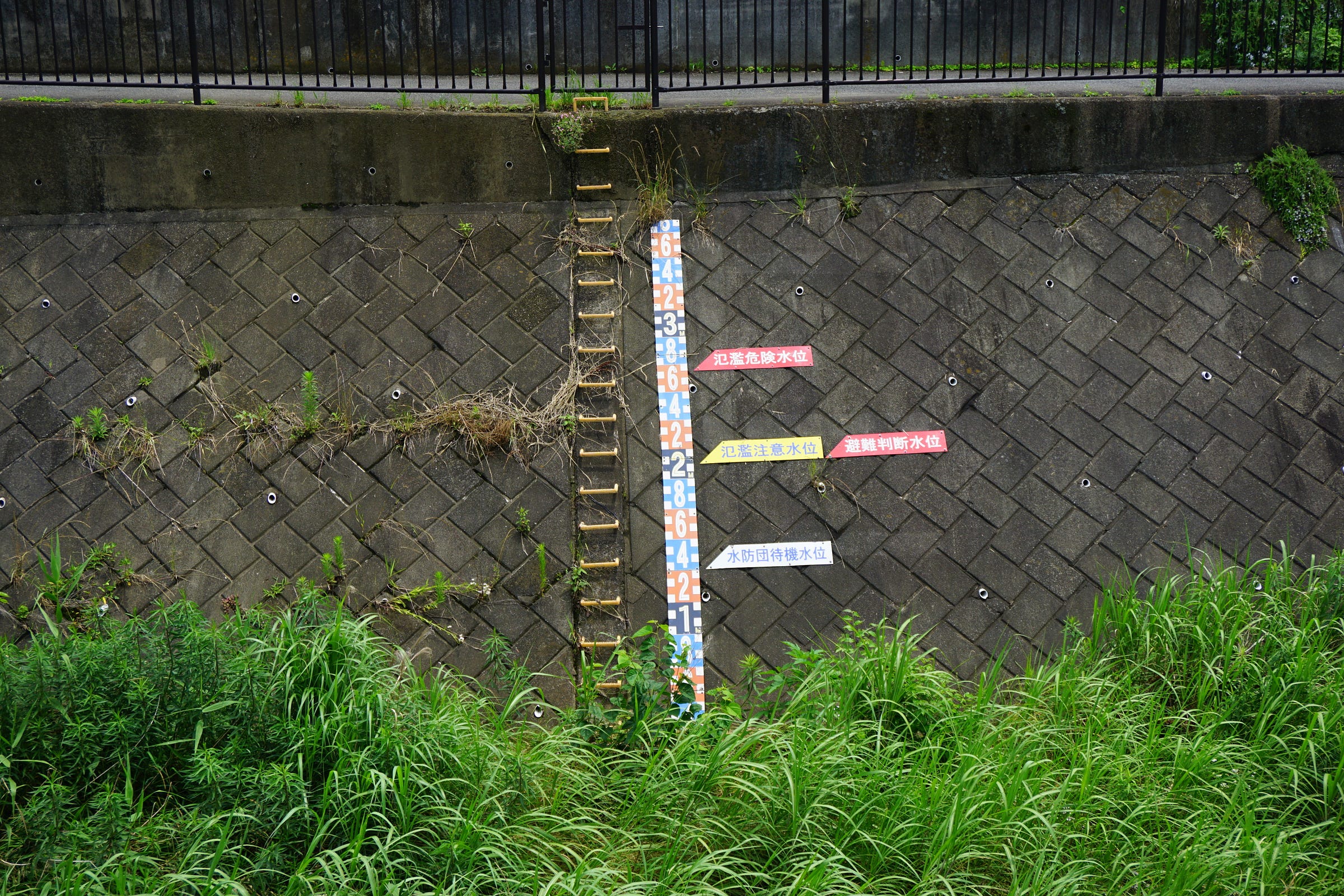
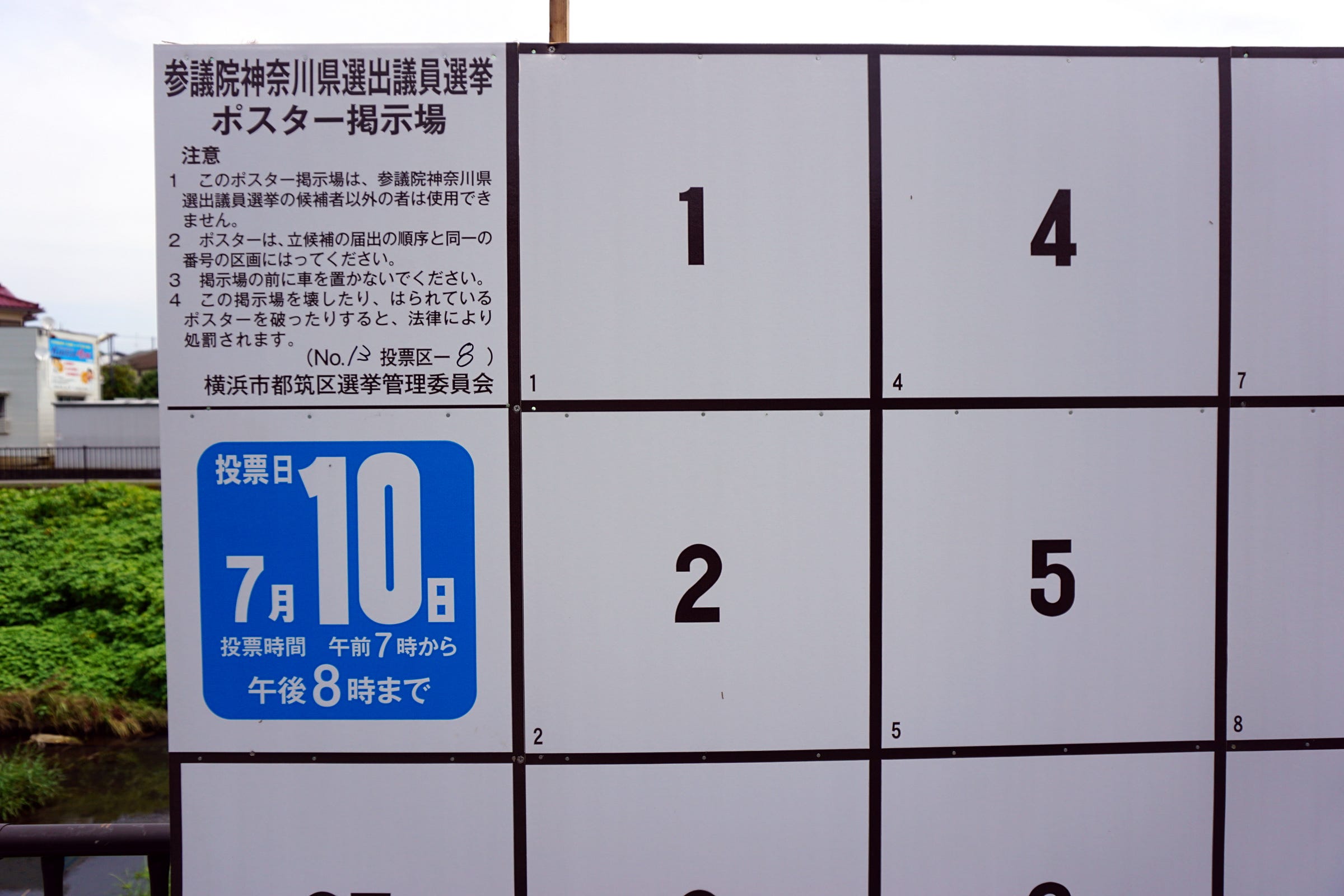
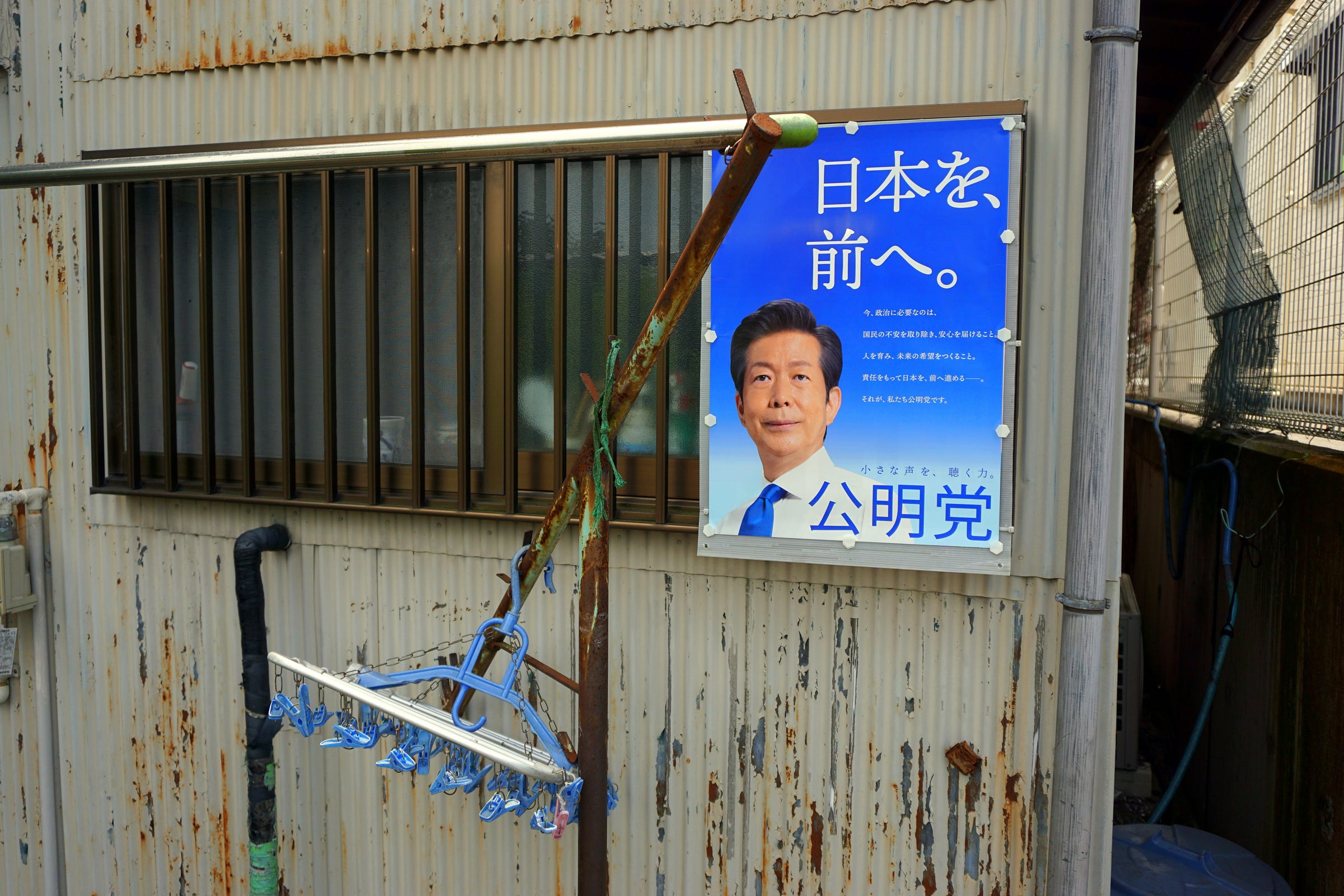
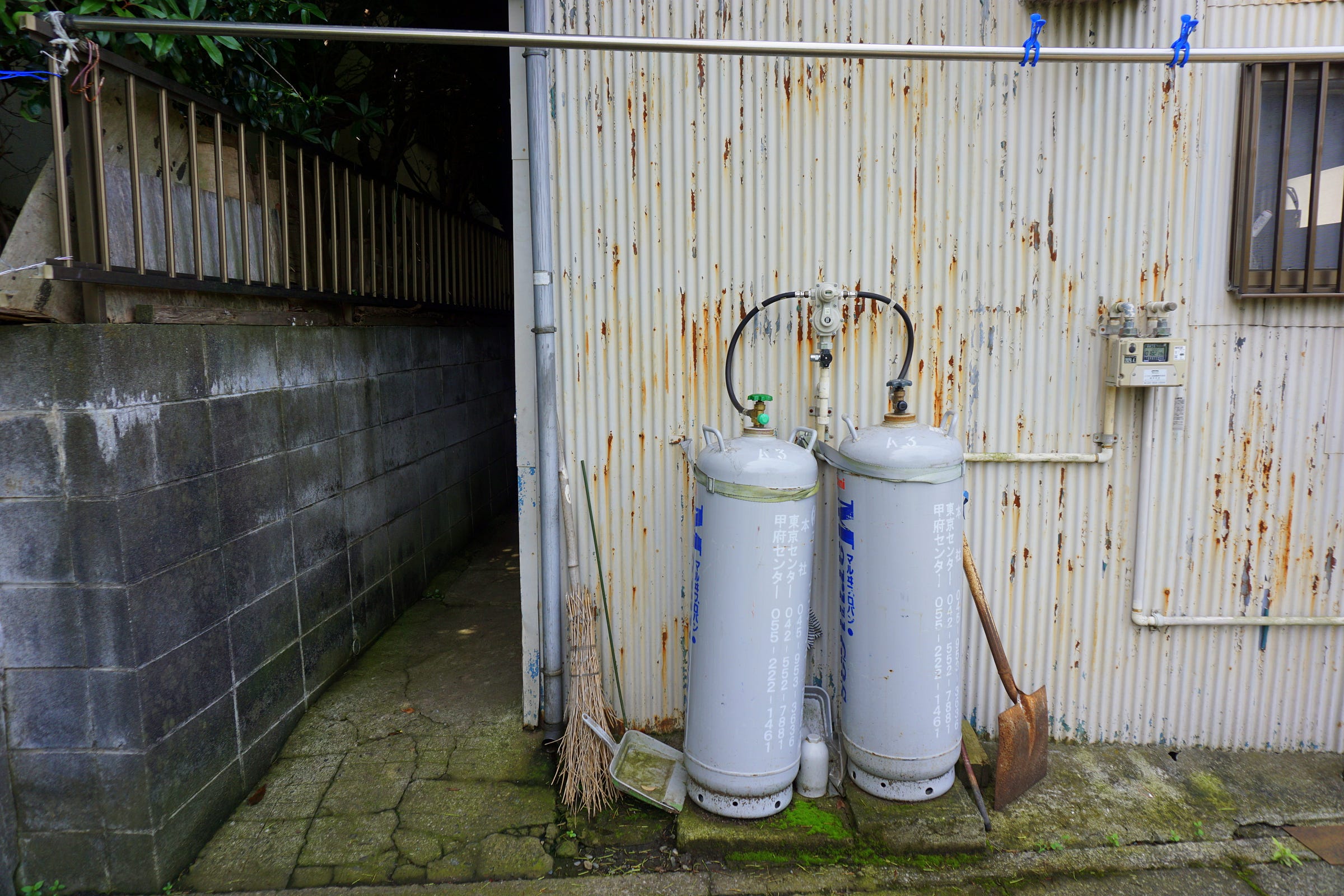
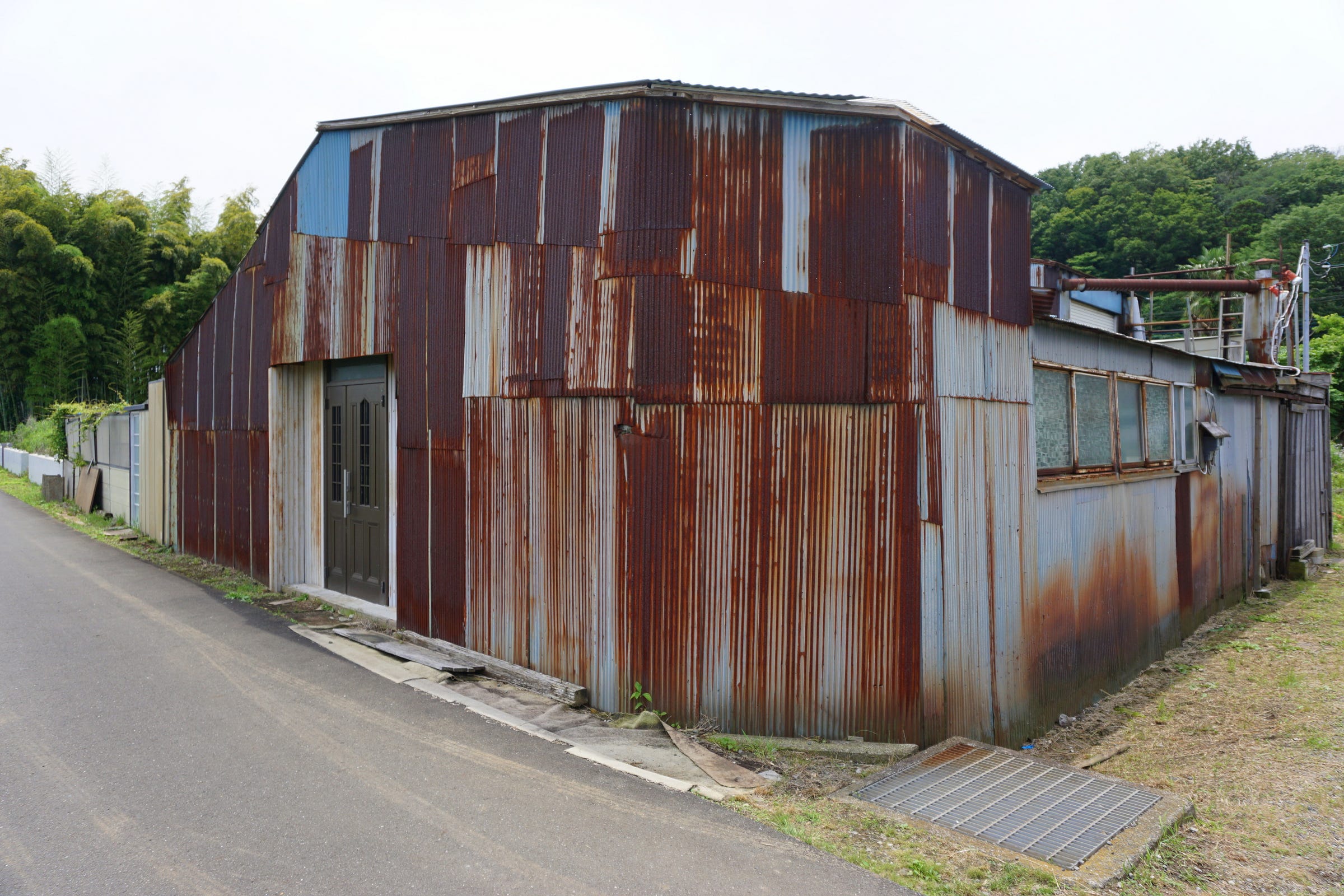
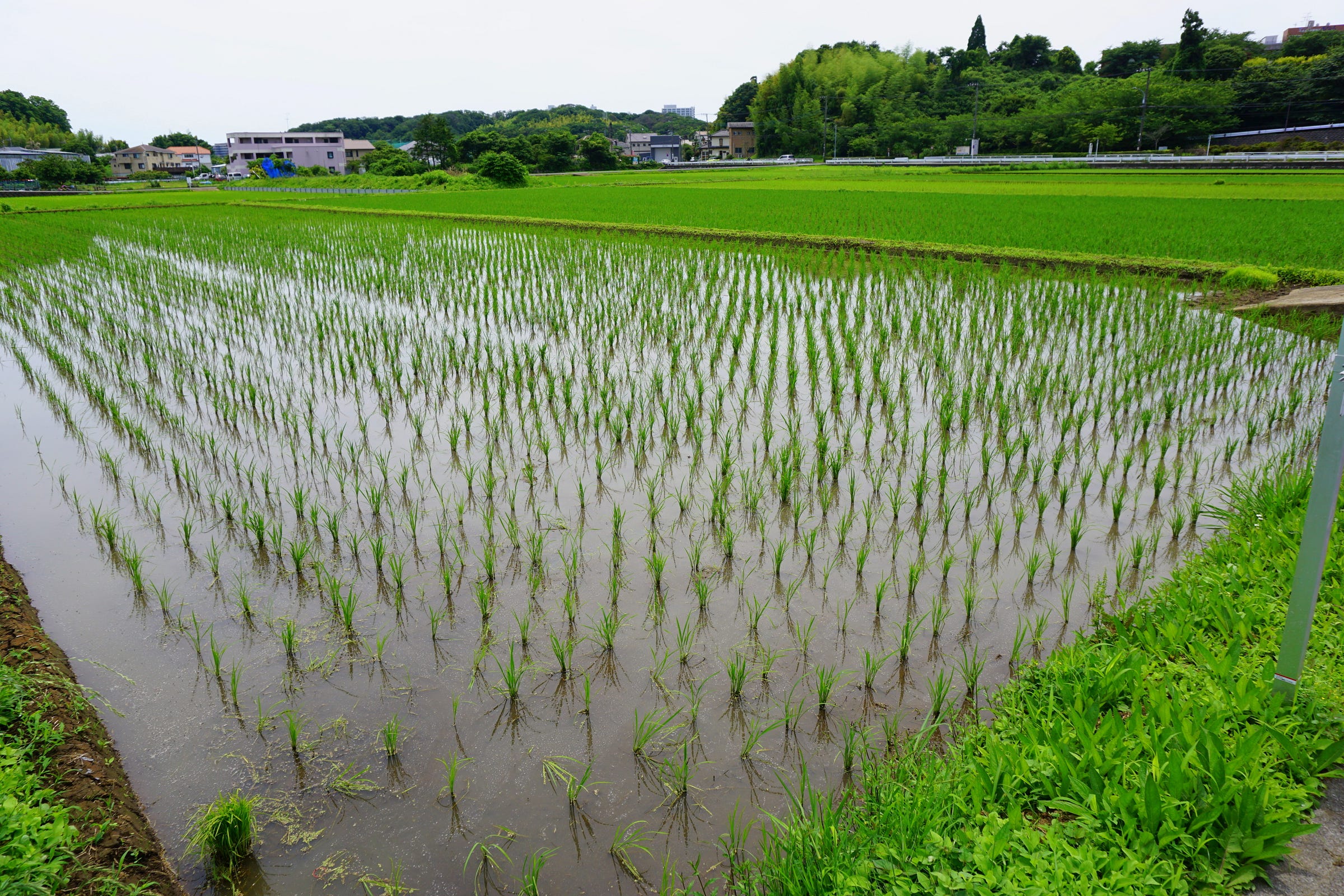
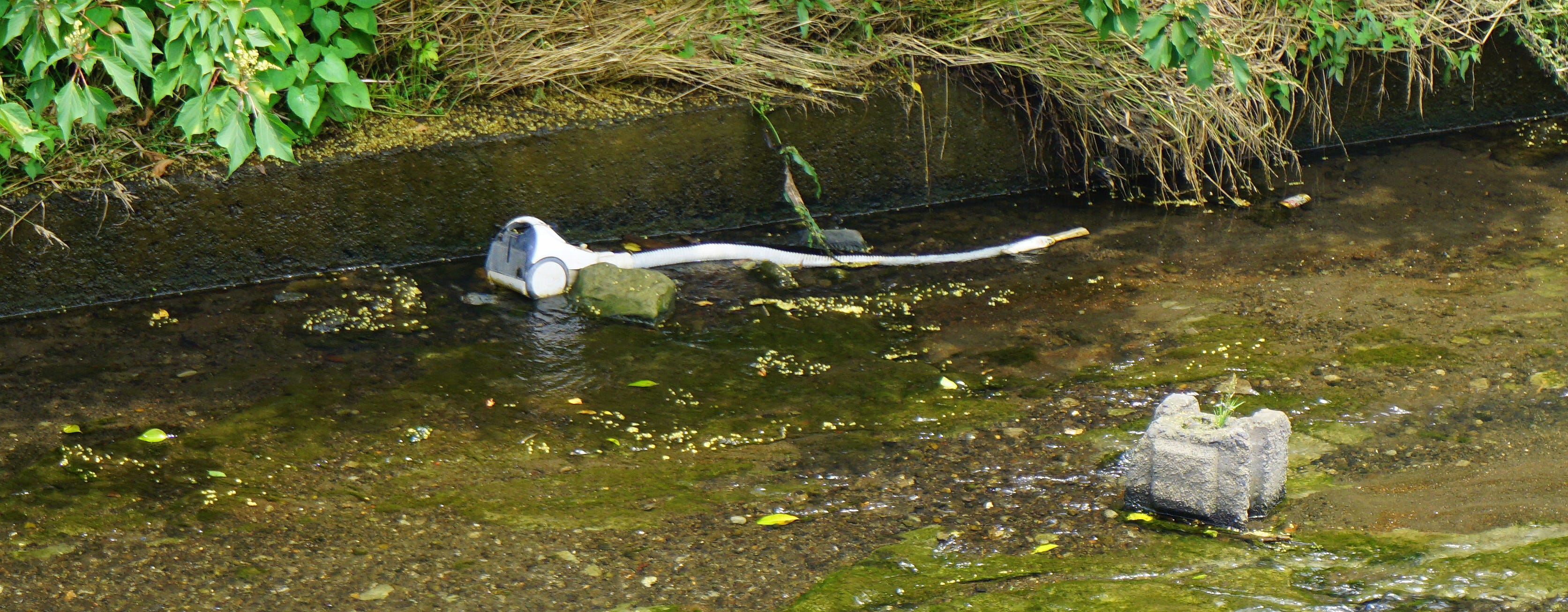

Brilliant, very funny article
I really enjoyed this walk, Gianni and love the photos!